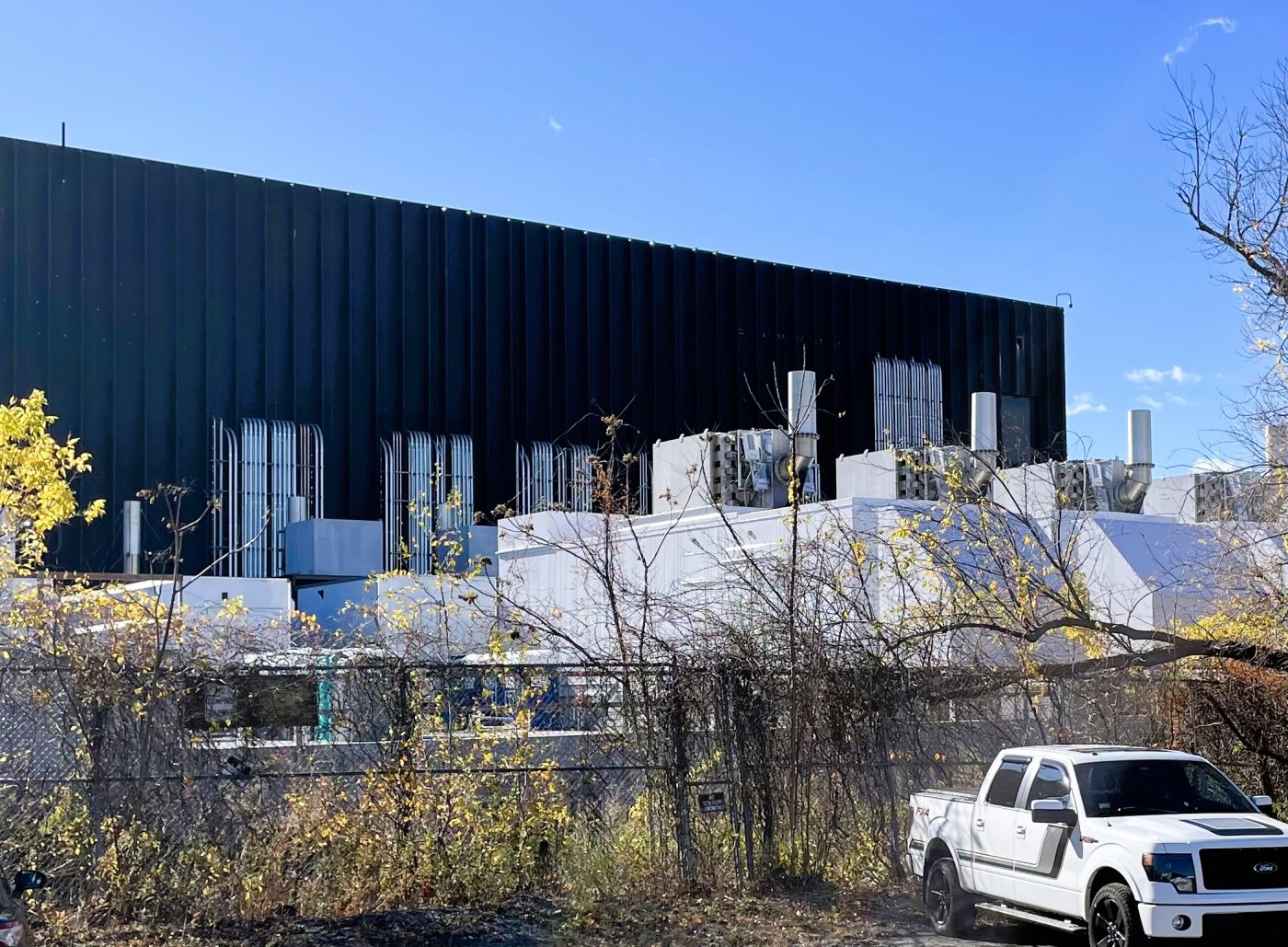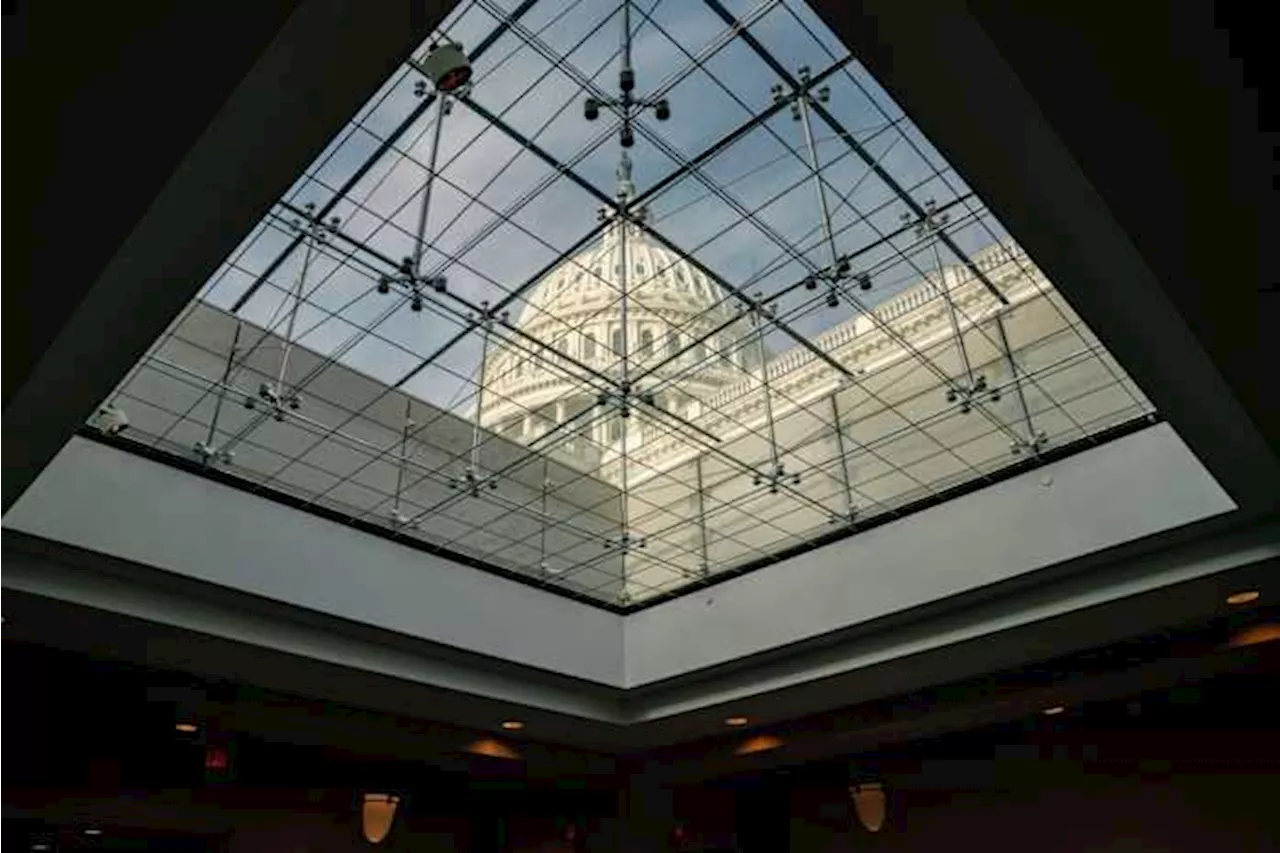A recent commentary by journalist David Shuster has ignited a debate regarding the differing public perceptions of renovation projects undertaken during the presidencies of Barack Obama and Donald Trump. Shuster’s remarks, made in response to a video shared by Christian Collins, highlight what he sees as a significant disparity in media treatment of the two leaders’ renovations.
In a CNN report from 2010, the network covered Obama’s extensive $376 million renovation of the White House. Shuster pointed out that the project adhered to legal protocols through the National Capital Planning Commission (NCPC), with plans being submitted, reviewed, and opened for bids. He stated, “If you can’t see the difference between that and what Trump is doing, you are beyond help.”
Shuster’s comments follow a recent announcement regarding Trump’s planned ballroom project, which will also go through the NCPC, as required by law. White House Press Secretary Karoline Leavitt clarified that NCPC submissions are mandated only for vertical construction, not for demolition, a distinction that has been central to the ongoing discourse.
Critics of Shuster’s perspective argue that Trump’s project is being funded privately, with the former president and other donors covering the costs out of pocket, rather than relying on taxpayer funds. One commentator remarked, “You mean Obama making the taxpayers foot the bill while Trump is paying for it himself? You’re right: the difference is clear.”
As the discussion unfolds, some have challenged the assertion that the NCPC requires approval for demolition projects. Critics assert that the commission serves an advisory role and does not have the authority to approve or deny such renovations. Shuster’s assertion that the law necessitates NCPC permission for demolition has been questioned, with some urging others to verify these claims independently.
Shuster’s argument has been met with mixed reactions, with some supporters praising his stance while others contend that his criticism reflects a broader disdain toward Trump’s approach to governance. An opposing view highlights that the ballroom project aims to enhance hospitality for state events, suggesting that the renovations serve a functional purpose beyond mere aesthetics.
In a follow-up, Shuster published a Substack article where he reflects on the significance of the ballroom project. He describes it as “an architectural IOU to Trump’s own ego,” suggesting that it represents a personal monument rather than a national asset. This characterization has drawn further scrutiny and debate among commentators.
As the conversation continues, it raises broader questions about public perception, media bias, and the contrasting approaches to presidential renovations. The reactions to Shuster’s remarks and the ongoing discourse underscore the polarized views surrounding both former presidents and their respective legacies.







